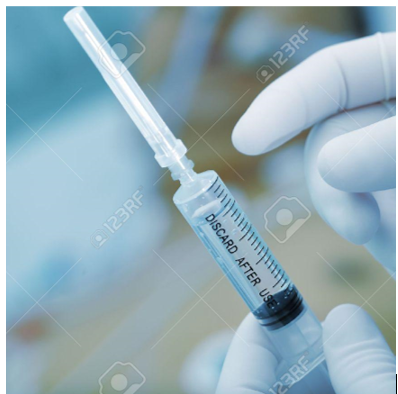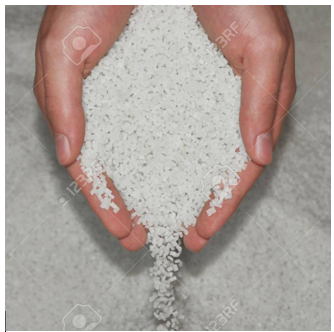Plastic manufacturing processes & machineries
Plastics are the most common materials for producing end-use parts and products, from consumer products to industrial parts and medical devices. Plastics are a versatile category of materials, with thousands of polymer options, each with their own specific properties to suit different requirements.
A variety of plastic manufacturing processes have been developed to cover a wide range of applications and types of plastics. Each process has unique features and specialties with different lead-times, cycle times, setup costs, forms, cost per unit, and volume. Here we talk about some of the most common manufacturing processes for producing plastic parts and products.
Blow Moulding

By inflating a heated plastic tube inside a mould, we can create hollow plastic parts. This type of manufacturing process operates at far lower pressures than injection moulding. It has a lower tolling cost then injection moulding. Blow moulding is the most common process for creating plastic bottles, toys, automotive parts etc.
CNC Machining

CNC machining is a unique process where material is removed by a spinning tool and a fixed part. This is ideal for low volume plastic part application that requires geometrics that are difficult to mould. This process can produce high-quality plastic components with short lead time. Cost per part increases with part complexity.
CNC machining can be an effective alternative for creating parts that are hard to mould, rendering the method ideal both for prototyping and creating certain end-use products, including bushings and gears. However, part complexity can quickly increase the cost per part when using machining processes, and certain geometric shapes, such as curved interior channels are difficult if not impossible to create using subtractive manufacturing.
Vacuum Forming
This is a method of making small functional plastic parts, especially high-quality prototypes, and suitable for low-volume production. Vacuum casting is a highly versatile technology for elastomers which uses a vacuum to pull the liquid raw material (e.g. Polyurethane resins, cast nylon, waxes) into the mould. This process is used when air entrapment is a problem, if there are elaborate details or recessed surfaces, or if the material is reinforced with fiber or wire (e.g. glass-filled Nylon). The raw material is poured into the two-piece silicone mould and the vacuum released. The mould is removed from the chamber and the casting is cured in the oven, and mould is then removed to release the casting. Mould can then be reused.
Polymer Casting
For this process moulds are made from latex rubber or room temperature vulcanized silicone rubber, but only a limited number can be produced (between 25 to 100). These moulds can reproduce the smallest details. Polymer casting is typically used for prototyping and short production.
Injection Moulding
A hopper feeds the plastic polymer into a heated barrel and screw. The screw melts the plastic and injects the liquid polymer into a temperature-controlled split mould tool that creates the shape of the product. Injection moulding is used for high volume manufacturing and many components can be manufactured in a short space of time, from tiny parts to large components such as vehicle bumpers and bins. Unlike the extrusion process molten plastic is forced into a die to form its final shape.
Plastic Extrusion
During the plastic extrusion process, plastic powder or pellets are fed into the extrusion machine via a hopper. The polymer is heated inside a barrel at a controlled temperature and a screw pushes molten plastic through a metal die, which is then cooled to give the plastic a fixed, continuous shape while being continuously pulled and formed into the final shape. The product can be cut or trimmed to the desired length. This is one of the most common and relatively cheap ways to manufacture plastic products. The plastic extrusion process works well for high-volume production of a wide range of products as it is an almost continuous process, including pipes, construction products such as ventilation, door and window frames and seals.
Rotational Moulding
This is the second option for manufacturing hollow plastic products. During the process, the plastic polymer is placed into the mould before heating. The closed mould enters a furnace and rotates, which allows the plastic polymer to coat the entire inside of the mould evenly. The heat melts the plastic into a single layer that conforms to the shape of the mould cavity while leaving the interior of the final product hollow. A water spray cools the mould while still rotating which solidifies the polymer. Rotation is stopped, the mould open and the plastic part is removed. Suitable for short, economical production runs and is not suited for precision forming due to finish of the part. It is ideal for making large, complex shapes with a uniform wall thickness, e.g. large storage tanks for water, chemicals and fuel, crates, cooler boxes, bins, bollards, canoes, toys and playground equipment.
3D Printing

A relatively new method of manufacturing, 3D printing technology has improved significantly in recent times and is considered as the most efficient way of producing maximum creative plastic parts in less time compared to other methods. As this process keeps improving, cost per part continues to drop. This type of production requires no tooling and minimal setup time for a new design.
This process uses CAD designs and models to create three-dimensional parts by adding a layer of the production material at a time until the part is completely formed. The primary advantage of 3D printing is that, compared to other manufacturing processes, it has far fewer design limitations, which makes it an especially economical method for creating pieces with complex geometries.
Additive manufacturing such as this is capable of intricate designs that are difficult or impossible to make efficiently with other manufacturing processes. It also allows for a part to be created as one solid piece, rather than as multiple components that are subsequently assembled.
Each manufacturing process is inevitably suited for its own specific purposes and different types of plastic materials. This demonstrates the flexibility of plastic as a material and its varied uses amongst our lives.




